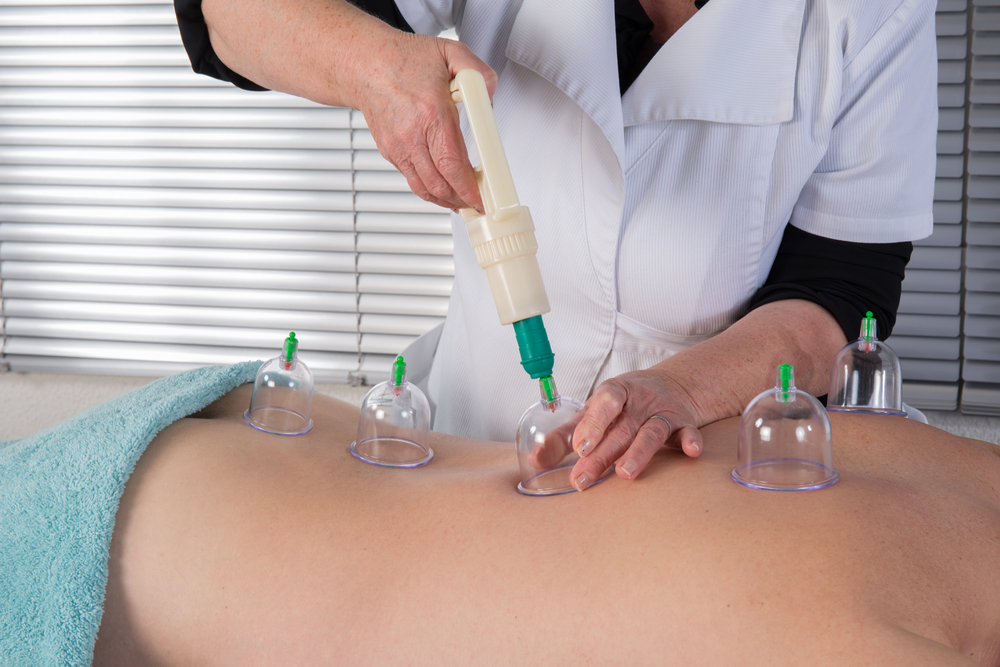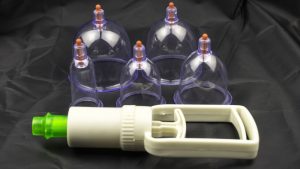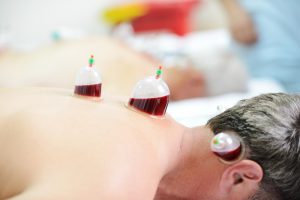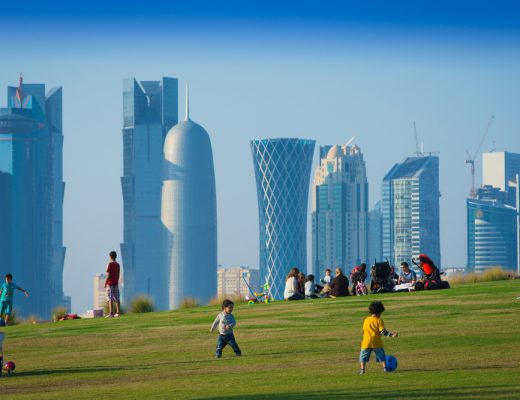The red circles on Olympic athletes that have made the whole world wondering, are actually from the ancient Arabic Hijama (cupping) treatment.
Many athletes confused audiences when they competed with red circular bruises all over their bodies during the Rio 2016 Summer Olympics. The bruises were even seen on some high profiled athletes like 27 medals winner Michael Phelps and gymnast Alex Naddour. The bruises come from an ancient remedy known to the Arabs as Hijama, a form of cupping that is still practiced today throughout the Arab world.
Hijama is the Arabic term for cupping, where blood is drawn from small and superficial cuts in the skin by vacuum. Today however, hijama is performed slightly different from the ancient days, with more sterile and medical class equipment. Before modern medicine, cuppers made small skin incisions on the area, and lit a piece of cotton in a glass cup before using it to cover the incisions. When the flame goes out and the air inside the cup cools, it created a small vacuum and sucks the blood through the skin.
Practitioners and receivers alike, claim that cupping can treat several forms of ailments. Such include: muscular pain, joint pain, skin problems like eczema and acne, as well respiratory as disorders, like the common cold, pneumonia and bronchitis. Some have even used it as a treatment for arthritis and also cancer.
Throughout Arab history, those who wished could be subjected to cupping at the barber’s, bath houses, and some surgeons. In modern days it is performed at clinics, and have remained a popular professional medical treatment in Europe.






